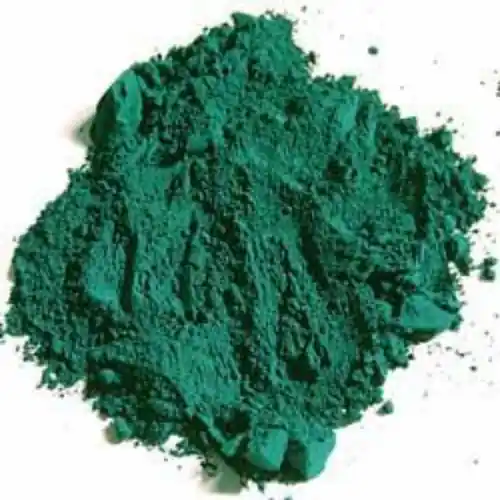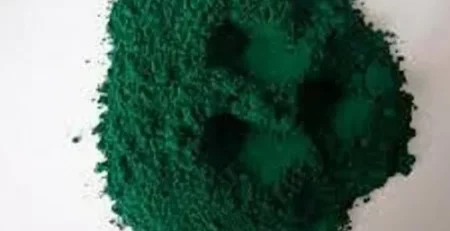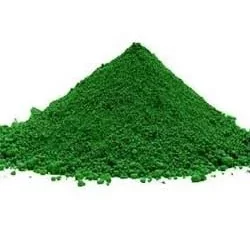Understanding the Color Pigment For Plastic: A Beginner’s Guide
**Introduction**
Hey there! I’m Alex, and today, I’m excited to guide you through the vibrant world of color pigments for plastics. Whether you’re an aspiring manufacturer, a curious student, or a DIY enthusiast, understanding how pigments work in plastics is key to appreciating the colorful products we use every day. Let’s explore the basics of color pigments in the plastic industry, focusing on the offerings from specialized providers of color pigments for plastics.
**
1. What Are Color Pigments for Plastics?
**
Color pigments are the components that give plastic materials their hues:
– They are finely ground particles that, when added to plastic, impart color.
– Unlike dyes, pigments are not soluble in the plastic but are dispersed throughout the material.
– They come in a wide range of colors and are selected based on the desired shade and properties.
**
2. Types of Pigments Used in Plastics
**
There are several types of pigments, each suited for different applications:
– **Organic Pigments:** Known for bright, vivid colors. Used in consumer goods and electronics.
– **Inorganic Pigments:** Offer excellent heat and light stability. Common in automotive and outdoor applications.
– **Special Effect Pigments:** Metallic, pearlescent, or fluorescent pigments for unique visual effects.
**
3. Choosing the Right Pigment for Your Plastic Product
**
Selecting the right pigment involves several factors:
– **Compatibility:** Ensure the pigment is compatible with the plastic resin and does not affect its properties.
– **End-Use Application:** Consider the product’s exposure to light, chemicals, and physical wear.
– **Regulatory Standards:** Especially important for products like food packaging, toys, and medical devices.
**
4. The Role of Pigments in Plastic Properties
**
Pigments do more than just color plastics:
– They can influence the UV stability and heat resistance of the final product.
– Some pigments may enhance the strength or flexibility of the plastic.
– The choice of pigment can affect the plastic’s processing and molding characteristics.
**
5. Innovations and Trends in Plastic Pigments
**
The industry is witnessing exciting innovations:
– Development of eco-friendly pigments that are less toxic and more sustainable.
– Advances in pigment technology for more consistent and long-lasting colors.
– Growing demand for customizable pigments tailored to specific client requirements.
**FAQs**
**Q1:** Why are pigments important in plastic manufacturing?
**A:** Pigments provide essential coloration to plastics, enhancing their aesthetic appeal and sometimes imparting useful properties like UV resistance.
**Q2:** How do I choose the right pigment for a plastic product?
**A:** Consider the pigment’s compatibility with the plastic type, the intended use of the product, and any relevant safety and environmental regulations.
**Q3:** Are there eco-friendly pigments for plastics?
**A:** Yes, there are eco-friendly options available that aim to minimize environmental impact while providing effective coloration.
**Q4:** What are the latest trends in color pigments for plastics?
**A:** Current trends include a focus on sustainability, advanced color stability techniques, and customized pigment solutions.
**Conclusion**
Understanding color pigments in the world of plastics opens up a universe of creativity and innovation. As we explore these colorful wonders, remember that “Color is a power which directly influences the soul,” as famously stated by Wassily Kandinsky. In plastics, this power manifests in every item we use – from vibrant toys to sleek gadgets.
Whether you’re embarking on a manufacturing project or simply satiating your curiosity, the knowledge of color pigments in plastics can enrich your understanding and appreciation of the products that surround us. Dive into the colorful world of plastic pigments and discover the hues that shape our visual experiences!






